Perhaps the most culturally compelling country in all of Europe, France brings together natural beauty, culture, and some of the most notable museums and art attractions in the world. Louis XIV wished to create a “place (Paris) dedicated to leisure” and we believe his dreams have been fulfilled! We feel Paris is the most romantic and aesthetically pleasing city on the planet. Its overall cultural-artistic environment is magical. The quality of Paris museums is unmatched: The Louvre, The Palace of Versailles, Orsay, the Basilica Cathedral of Saint-Denis, and more.
We think Owen Wilson’s character in the Woody Allen film, Midnight in Paris, gives a perfect summation of Paris:
“How’s anyone ever going to come up with a book or a painting or a symphony or a sculpture that can compete with a great city [Paris]? You can’t. When you look around, every street, every boulevard is its own special art form.”
A Fun & Scenic Walking/Jogging Route in the 6th and 7th Arrondissements
Distance: Just under three miles
Difficulty: Easy
Family Friendliness: The open spaces of gardens and parks are great for children but please note that most shops listed are not child focused.
Length: From two hours (if abbreviating stops) to about five hours (if choosing to shop and eat).
Just short of three miles long, this green/floral focused path takes you along the Seine through some of Paris’ most beautiful gardens and spaces. The French have such a way of taking something as simple as an open space and turning it into a luxurious and formal setting, which welcomes locals and visitors alike to enjoy and appreciate quite regularly.
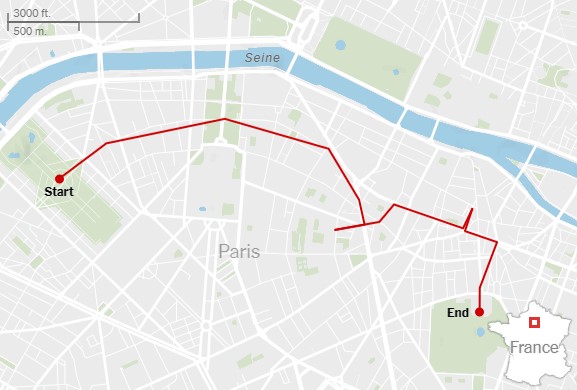
This route begins at none other than Champ de Mars, the park surrounding the infamous Eiffel Tower. If you begin early, you will avoid large crowds and be able to bask in the beautiful surrounding blooms. Continue southeast via Rue Saint Dominique to Boulangerie Laurent B, a vintage bakery with delicious pain au chocolat(!). Following the same road, make your way to Esplanade des Invalides. We consider this to be more of a park than a garden, but it offers a stunning walk among the grounds filled with numerous museums and monuments, such as Musée de L’Armée and Napoleon’s tomb to name a few. Following the same road still, follow the road east until you reach Rue de Bellechasse where, on the corner, awaits a charming flower shop by the name of Adriane M. Fleuriste (feel free to admire the shop from outside where loads of bright colored flowers sit proudly or enter and spend some time building your own bouquet!).
Just past the flower shop, following the now very familiar Rue Saint Dominique eastwardly, you will happen upon Barthelemy – an exquisite local cheese shop. Once your nose has awoken from the smell of lots of musky cheese, hop next door to Le Cafe Pierre Herme. The establishment has a delightful courtyard to enjoy your meal in, bon appetit! Following lunch, burn off your meal by making your way through various shops to Oz Garden – another flower shop, this time focusing on unusual plants that are so fresh, it seems they were just freshly hand-picked from the garden. Surrounding the shop in the same square are various other tiny independent shops selling perfumes, antiques, and tableware – perfect for acquiring a unique vase for any flowers purchased!
Finally, the route ends at Jardin du Luxembourg, a true Parisian-style park. The grounds were built in the early 1600’s for Queen Marie de Medicis, and is modeled after the native Italian’s beloved Pitti Palace in Florence. It gives the park a true royal feel, paired with exquisitely trimmed hedges and carefully placed patterned flower beds. It is here that you will find locals enjoying a picnic, going for a stroll hand-in-hand, and even some children playing with motor sailboats on the duck pond. As the end of your journey, take a seat in the soft grass and reflect on a day spend as a true Parisian!
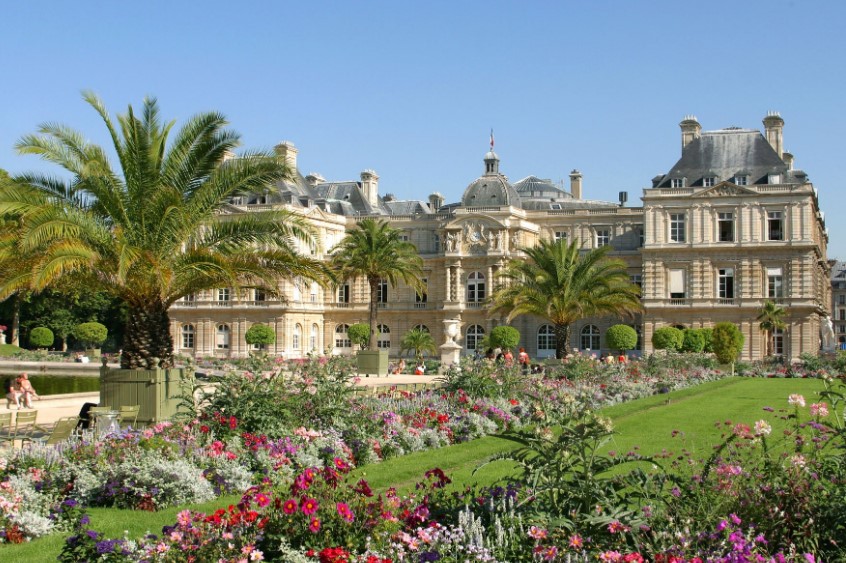
5th, 6th & 7th Arrondissements
Although many of our clients prefer to stay in the more traditional 5-star luxury hotels of the Right Bank (Four Seasons Hotel George V, Le Bristol Paris, Le Meurice, and The Peninsula Paris), Bev, Zen, and I prefer a more thorough immersion of Parisian life on the Left Bank. In fact, the Left Bank (Arrondissements 5, 6, and 7) is among our favorite aesthetically-pleasing locales in all of Europe. Unlike the Right Bank, where there is an abundance of French historical monuments and public buildings, the Left Bank is more residential, made up of homes, apartments, and more intimate, charming restaurants and shopping areas and is definitely the more “artsy” part of Paris. We believe the Left Bank embodies the city’s unique aesthetics and the real soul of the French capital.
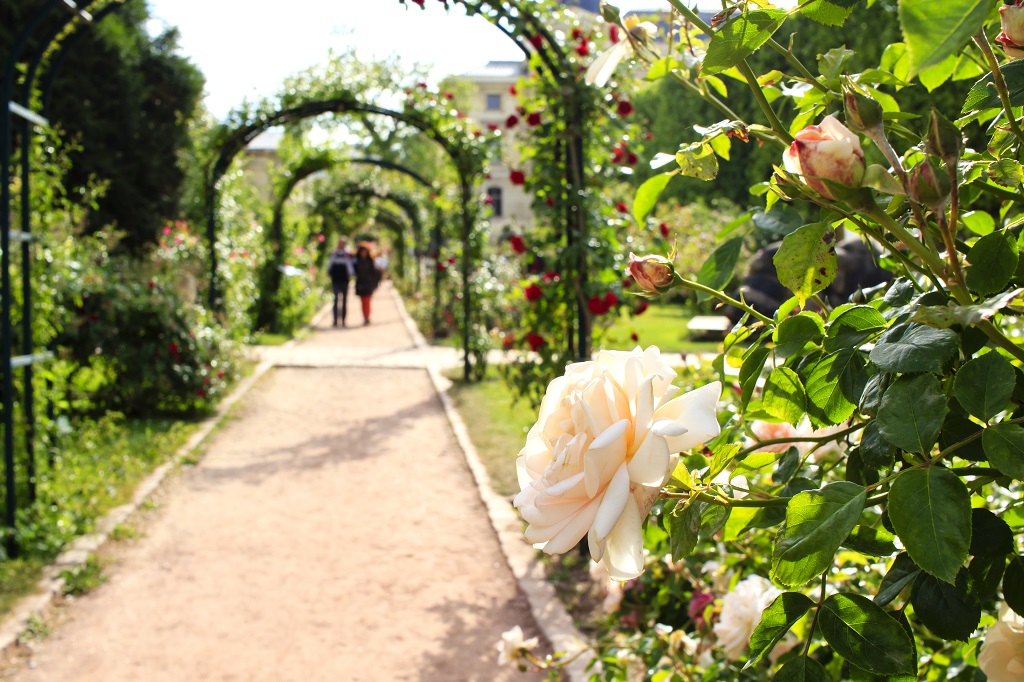
Jardin Des Plantes
Although Jardin du Luxembourg is perhaps our favorite park in Paris, it can become quite crowded. As an alternative, we like to visit the expansive 69-acre Jardin des Plantes (founded 1626) in the 5th arrondissement (the Latin Quarter). Jardin des Plantes is France’s main botanical garden. We particularly enjoy the iris and rose gardens here.
Institut du Monde Arabe
When visiting the architecturally striking Institute du Monde Arabe, we like to take the glass elevator to the 9th floor for panoramic views of the Seine River (including Notre Dame, Île de la Cité, Île Saint-Louis, and the top of The Centre Pompidou). The open terrace and Arab restaurant here are quite nice. The institute was inaugurated in 1989 by then French President François Mitterrand as a cultural bridge between France and the 22 Arab countries of the world.
Rue de la Huchette
Dating back to 1284, Rue de la Huchette is one of the oldest streets along the Rive Gauche (the southern bank of the Seine). Although very touristy, we still think this is a fun, café saturated, pedestrian street to enjoy with a lots of Greek eateries!
Eiffel Tower
The Eiffel Tower, with seven million visitors each year, is the world’s most heavily visited paid attraction. The gardens surrounding the tower are kept manicured by a full-time crew of 38 workers. Loitering is forbidden; street vendors strictly regulated. Click here to read our in-depth overview of this famed landmark.
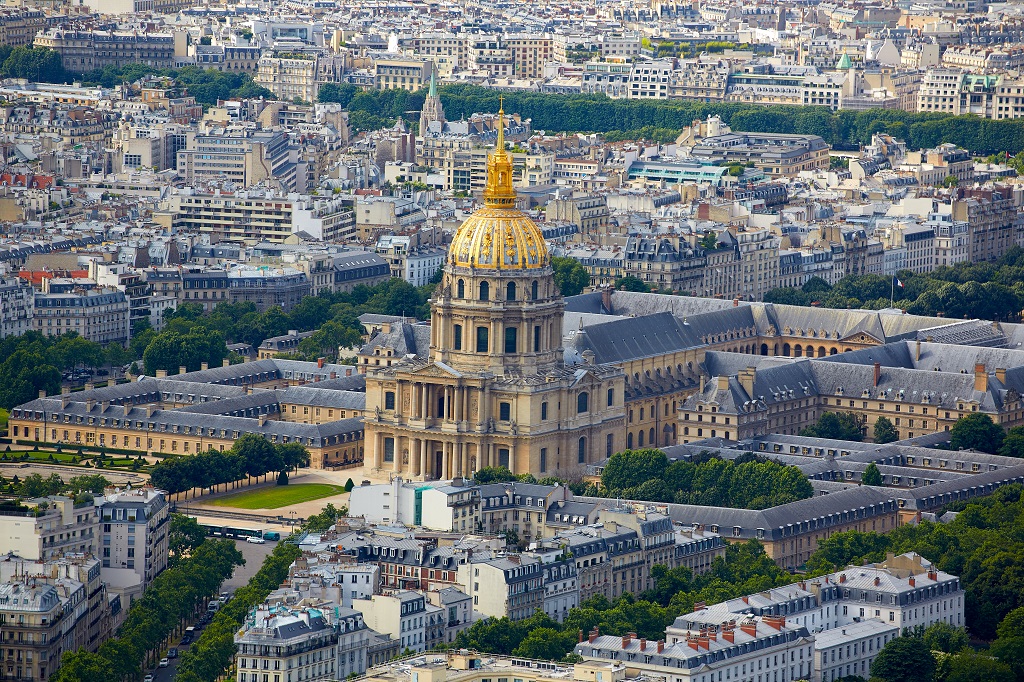
Les Invalides
Inaugurated in 1678, this massive complex of museums and monuments related to France’s military history is certainly worth a visit if you are a history buff! In addition to galleries on WWI and WWII, you will see various Napoleon memorabilia, including a bed with mosquito netting, a director’s chair, and Napoleon’s overcoat and pistols. Napoleon’s beloved Arabian horse, Le Vizir, is also here, as a “stuffed” reminder. At the other end of the complex is Napoleon’s tomb, resting beneath a doe adorned with 26 pounds of gold leaf.
Les Cocottes
Chef Christian Constant has brought an anomaly to the 7th Arrondissement, virtually across the street from the Eiffel Tower, great food at a great value. We recommend choosing the three-course prix fixe menu (about $30) or mix and match soups, salads, and namesake cocottes (cast-iron pots) filled with savory ingredients like cod and Thai-style vegetables. The high tables and long counter lined with stools don’t invite lingering, so don’t plan to waste away an afternoon or evening here.
Le Bon Marché
A department store as it should be, especially around the holidays, this shop’s Christmas windows have featured pine trees doing the can-can. Its outstanding homeware department, huge bookshop, and Grand Épicerie food hall will prompt thoughts of living on Boulevard Raspail.
Poilâne Boulangerie Bakery
Saint Germaine (6th) & Eiffel Tower (7th)
Founded in 1932 by Pierre Poilâne, Poilâne is considered to be the Louis Vuitton of Parisian boulangeries (bakeries). The boulangerie is now operated by Pierre’s granddaughter, Apollonia, her bread proverbs include:
1. Bread should not steal the quality of the meal.
2. I don’t believe in making bread at home.
3. It’s terribly wrong to eat bread while it is still cooling.
4. Never put a bread upside down. A lot of people of our generation don’t know that.
The company’s signature item is a four-pound miche, a wheel of sourdough (also known as country bread), pan Poilâne, and pain au levain (made from Pierre’s original starter: stone-ground gray flour, water, and sea salt from the marshes of Guérande). Loaves are sent to the Élysée Palace, as well as more than twenty-five hundred of the city’s supermarkets and restaurants, in which pain Poilâne, smeared with tapenade or bolstering a croquet-madame, has come to stand for “sandwich bread” as ubiquitously as “Kleenex” does for “tissue.” The shop on Rue du Cherche-Midi remains the spiritual center of the enterprise. The bread goes into a white paper bag in green ink with drawings of sorghum, maize, and barley. All customers are offered a punition, dainty shortbread cookies with serrated edges from a basket that sits by the cash register.
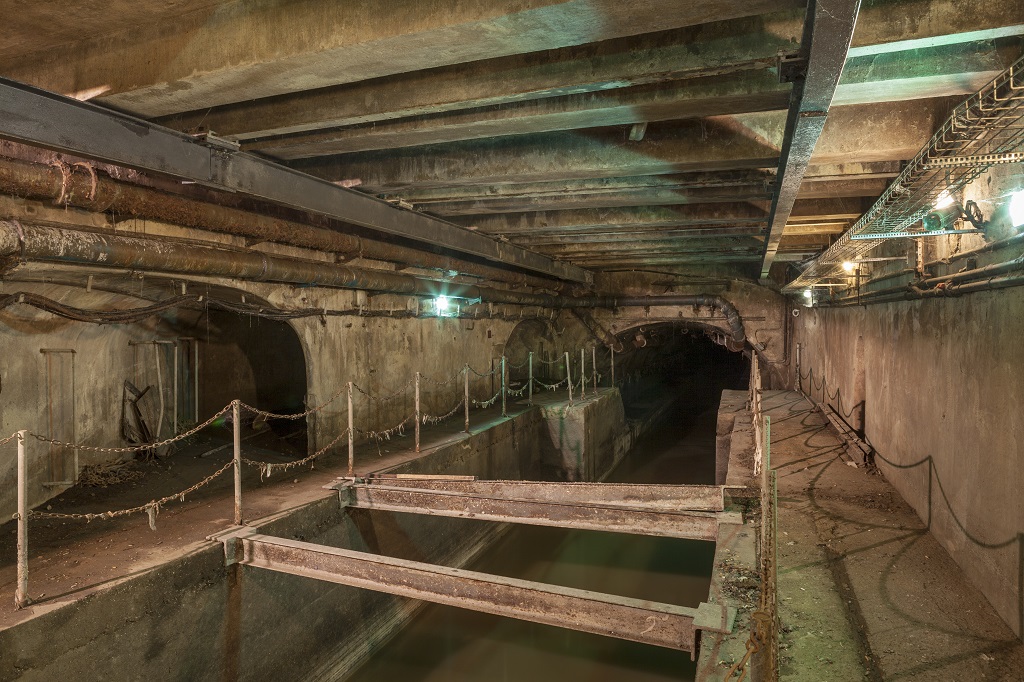
Paris Sewer Museum
In the Paris Sewer Museum, you will travel below the streets of Paris and into the dark, damp, yet surprisingly spacious, sewer tunnels. Paris’ unique sewer system, comprised of over 1,300 miles of tunnels, was implemented in 1850 by Baron Haussmann, and engineer, Eugéne Belgrand, who designed the present Parisian sewer and water supply networks. On this tour, you will learn further about the history and engineering of the tunnels, as well as interesting tidbits, such as how Jean Valjean hid in these tunnels in Les Misérables.
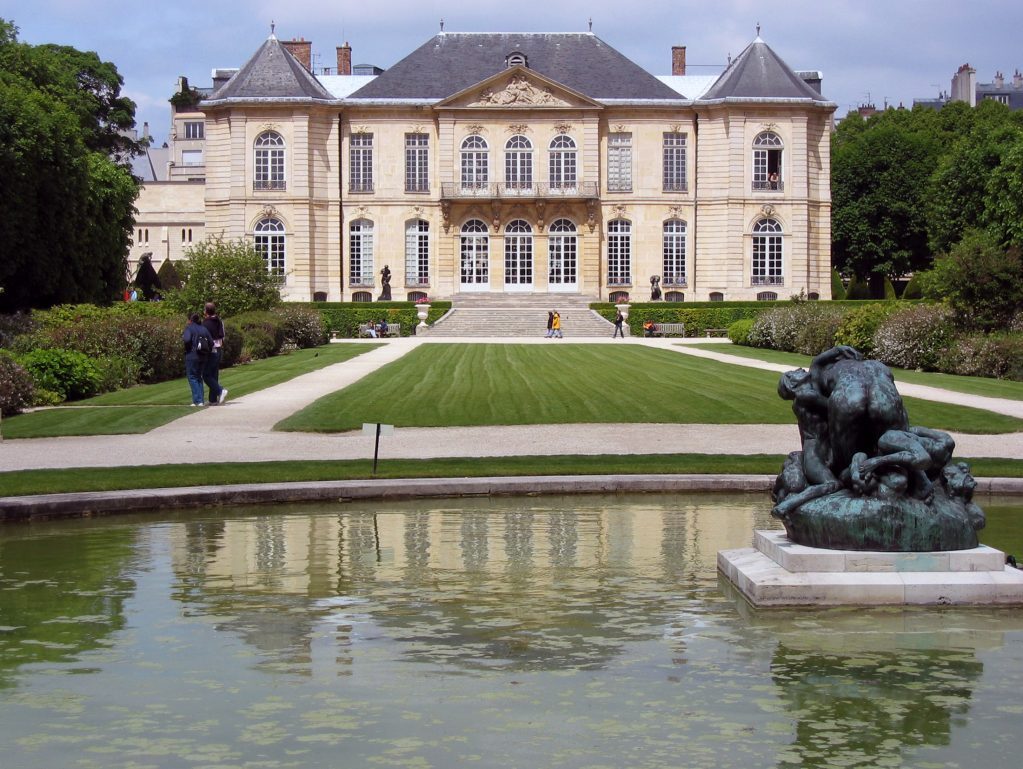
The Musée Rodin Sculpture Garden
The museum gardens surround the former residence of Auguste Rodin, Hotel Biron, and cover almost three hectares of land. The gardens were designed by Jacques Sgard in the 18th-century Naturalist theme. Some features to note include the 2,000 rose bushes of 100 varieties surrounding the hotel, a Marble Gallery which houses the Monument to Victor Hugo, Le Penseur (The Thinker) statue, a variety of bronze sculptures purchased by Rodin, an ornamental pool, and a lush spread of a variety of trees.
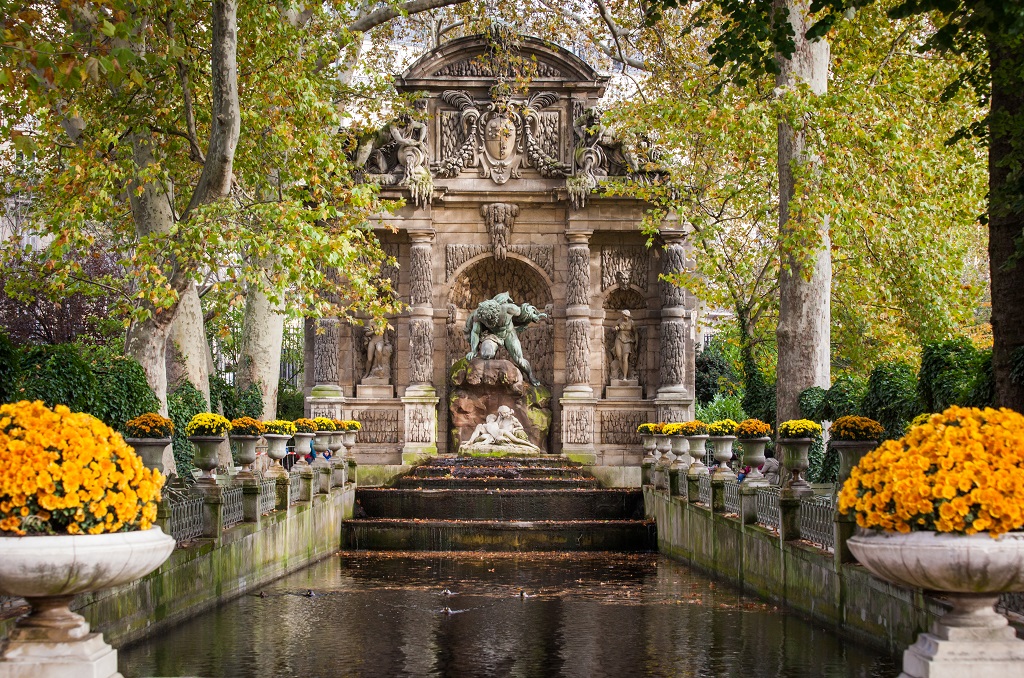
Jardin du Luxembourg
Known by locals as “Luco”, we feel the green, expansive Luxembourg Gardens offers an idyllic snapshot of the everyday leisure activities of Parisians. Created in 1612 as the backdrop of the Palais du Luxembourg, the park and gardens cover 55 acres and is considered one of the most popular gardens in the city. Here, you will see all ages, social classes, and activities, including jogging, tai chi, couples on dates, sailboat rentals, kids playing areas (including puppet shows), and outstanding people watching! You may notice one part of the gardens is French style while another part is designed in the English style. Other fun areas include dozens of apple orchards and honey bee production (since the 19th-century). An ideal spot for sun-soaking is the southern side of the 57-meter-long Orangery, where you may enjoy a nice rest in the garden’s signature sage-green metal chairs!

J.K. Place Paris
Newly opened up in early 2020, J.K. Place Paris is located in a quiet and neighborly section of the Left Bank, hidden behind the stately facade of a former embassy on the western edge of Saint-Germain-des-Prés . Each of the property’s 29 rooms is individually unique and filled with fine art and antiques while maintaining a homey feel. Onsite there is a Sisley Spa, fitness center, indoor pool, and outpost of the Miami Italian restaurant Casa Tua, located in a glass-enclosed courtyard. Nearby there are many hotel recommended shopping spots which offer guests a feeling of being a Parisien local.
Our Favorite Latin Quarter Sites, Cafés, Brasseries & Restaurants
- Shakespeare’s Book Shop: Located directly across from Notre Dame in the Left Bank, this is one of the most famous bookshops in Paris and was a favorite hangout of Ernest Hemingway.
- Place Saint-Michel: Most Parisians feel this public square is the heart of the Latin Quarter.
- Paris-Sorbonne University: Considered to be the Harvard of France.
- Les Bouquinistes: This is where many book and poster vendors line the banks of the Seine.
- Le Deux Magots Café: Famous eatery of Hemingway, Picasso, and Camus!
- Le Dôme Café: Relaxed, upscale café with white linens serving oysters and seafood!
- L’Epi Dupin: This is an old favorite located behind Le Bon Marché and is everything one would expect a Parisian bistro should be. The food prepared by chef Francois Pasteau is great and the service is busily efficient. It is a little crowded, as real bistros tend to be, but the menu remains excellent, with fresh produce straight from the market and a well-thought-out wine cellar.
- La Société: A personal favorite of Lenny Kravitz, this cozy restaurant draws a mix of tourists, artists, and the fashion-foreword crowd. Designed by Christian Liaigre, the soothing space draws on Asian influence. Try the shrimp and avocado salad!
- Café Voltaire: In the wood paneled, clubby atmosphere, many regulars enjoy a traditional brasserie menu. The lights are soft, the carpeting dark, and the portions generous.
- Le Récamier: The Chef Gerard Idoux, formerly of Ledoyen, is famous for his delicious soufflés. The well-shaded and tranquil terrace, well hidden behind Le Bon Marché and away from the traffic noise, is frequented by lawyers, journalists, editors, and politicians.
- Le Suffren Brasserie: During our recent stop in Paris, Zen was happy to return to Le Suffren for their delicious escargot!
For more Paris Arrondissement information, see our other blog posts:
